Shoreham Memories BBC Radio programme about Bungalow Town.
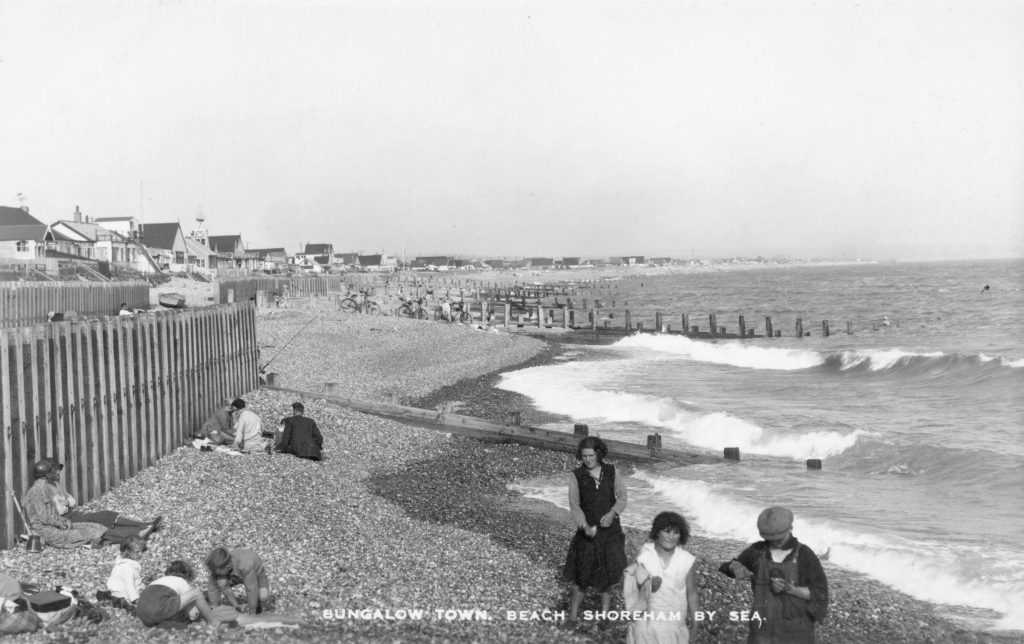
Shoreham Memories BBC Radio programme about Bungalow Town.

Bert and Peg Taylor recall their time in 1920’s/30’s Ship Street, Gordon Road and Bert’s wartime experiences during the retreat from Dunkirk.
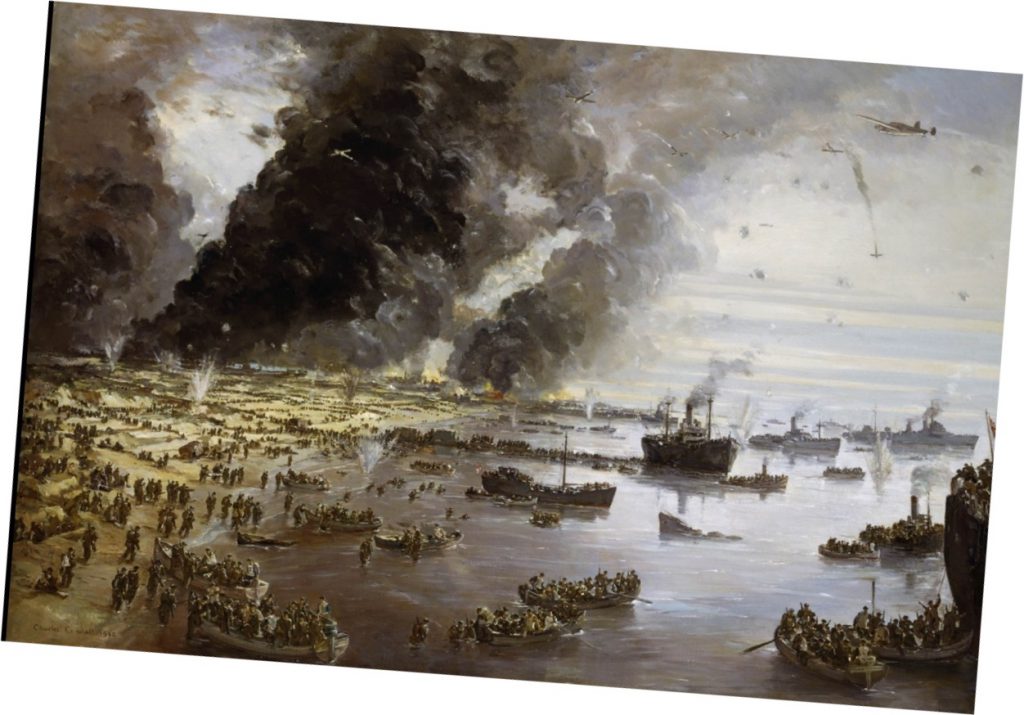
More Sussex accents with the Burchell family of Horsham.
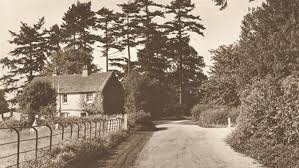
Bungalow Town residents Helen Larman & Arthur Godfrey talk about their experiences.
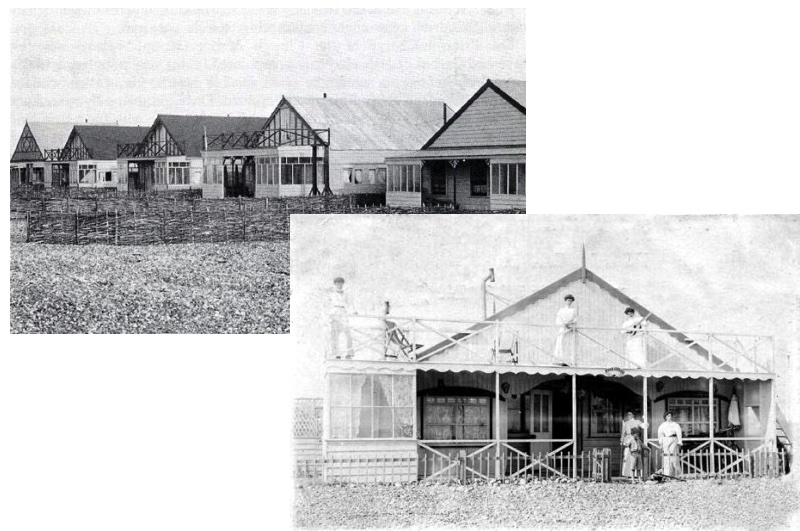
Sunday School at St.Julian’s Hall and life in Kingston and Southwick in the 1930’s
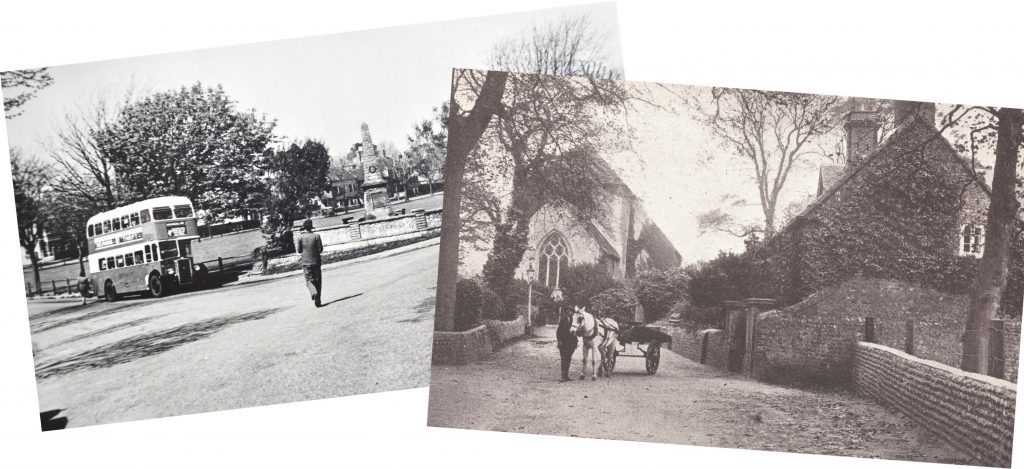
Written by Nick Redgrave Plumb for his father’s funeral ceremony in 2012

Paul was born on November 22nd 1924 to Daisy Ellen Plumb (formerly Barnes) and Ernest Redgrave Plumb at 27, Queens Place in Shoreham. He had an older brother Allen and sister Doris.
When he came into the world Doris immediately sent brother Allen to the Post Office (just over the road) where his Dad worked to tell him the good news. Allen ran all the way, so when he arrived he was completely out of puff and could hardly speak, but through the panting managed to say ….”It’s here!”. Paul had a thick mop of golden curls until the age of about 3. He remembered having a huge pram with big wheels & canopy and being pushed along by his sister Doris.
Continue reading “Paul Plumb”Following on from the popularity of the 1946 class group photograph from Middle Road School, we now have wonderful images from Victoria Road School in 1949 and and 1953. These were given to us by Jenny Elton who lived up the road in Mill Lane. Can you put a name to any of the children?
Jenny can remember some of the names and recounts: “First left Brian McIntyre who in later life was the school caretaker. 2nd from right Tom Blundell, now Sir Tom, Professor of Chemistry, Oxford Fellow of the Royal Society etc. Interestingly his younger brother Roger is also a Sir (Economics). The tallest boy in the back row, Roger Brann was a St. Wilfrid boy and together with Tom were the class brain boxes.“
You’ll find a detailed article on Victoria Road Infants and Junior Schools here.
written by Jenny Elton

Following the onset of war in September in 1939 a Register was taken of the civilian population with the purpose of producing a National Identity card. Later it was to become multifunctional, first as an aid in the use of ration cards and later helping officials to record the movement of the civilian population over the following decades. From 1948 it formed the basis for the National Health Service Register. The data was collected on 29th September 1939.The following information was listed. Name, gender, date of birth, marital status, occupation, and whether a visitor, servant, patient, inmate or inferred family member and other members of the household.
Continue reading “One Day, One Year, One Place – Mill Lane”This photograph was unidentified until recently. It is of a daring early aviator Louis Emile Train who designed his own aircraft and competed in a number of races. The story behind this photograph is amazing. It should have been taken at Shoreham airfield at the penultimate stage of the Calais to London Air Race of 1911.
Unfortunately after flying over the English Channel heading to Shoreham before taking the last leg to Hendon Louis was presented with a challenge – what did Shoreham look like? He knew the Adur was a landmark, with Downs all around – but he came across Newhaven first and when Louis failed to find the aerodrome he decided the best approach would be to ask a local for directions. He put down his aircraft in a sloping field to the north of Newhaven.
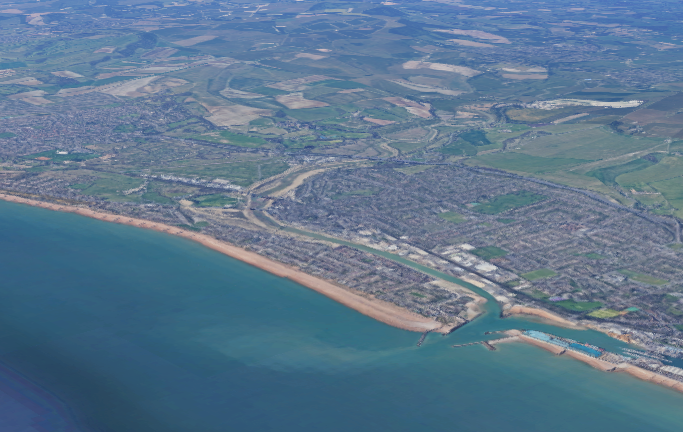
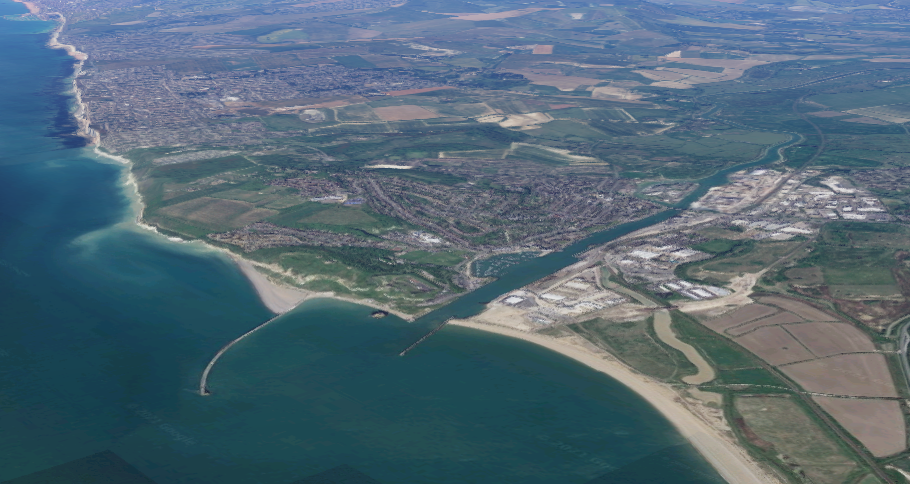
He executed a difficult landing on a sloping field without incident, until the aircraft came to a halt – at which point it rolled backwards down the field. Unequipped with brakes the aircraft ended up in the field fencing and the tailplane was irreparably damaged. Louis was forced out of the race and never got to Shoreham.
The photos of the hubbub that ensued once the locals learnt of the unofficial French invasion and landing can be seen here.
The location of the field at South Heighton is here.